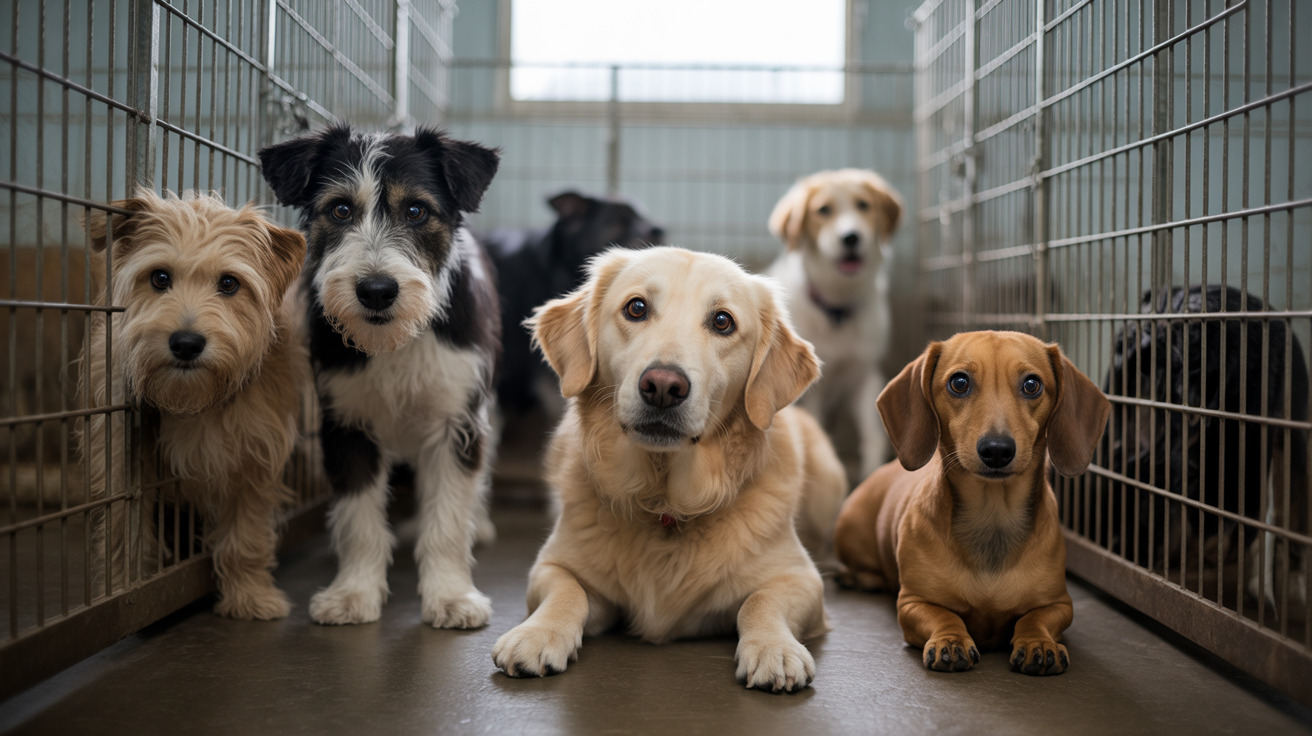What is an Oronasal Fistula?
An oronasal fistula is a serious medical condition where an abnormal opening develops between a pet's oral cavity (mouth) and nasal cavity. This pathological connection can significantly impact your pet's quality of life, causing various complications and requiring prompt veterinary attention.
While this condition can affect both cats and dogs, it's particularly concerning because it disrupts the natural barrier between these two important anatomical spaces, leading to chronic health issues if left untreated.
Common Causes and Risk Factors
Several factors can contribute to the development of an oronasal fistula:
Congenital Issues
Some pets are born with structural defects like cleft palates that create natural openings between the mouth and nose. These congenital cases require early intervention to ensure proper development and feeding ability.
Dental Disease
Advanced periodontal disease, particularly affecting the upper teeth, is one of the most common causes of oronasal fistulas. The infection and inflammation can gradually erode the bone separating the oral and nasal cavities.
Trauma and Injury
Physical injuries from accidents, falls, or chewing on hard objects can create immediate damage to the oral-nasal barrier, resulting in fistula formation.
Recognizing the Signs
Pet owners should watch for these characteristic symptoms:
- Chronic nasal discharge, often containing food particles
- Frequent sneezing, especially during or after eating
- Difficulty eating or reluctance to eat
- Bad breath and unusual nasal sounds
- Chronic respiratory infections
Diagnosis and Treatment Approaches
Veterinarians diagnose oronasal fistulas through careful oral examination and imaging studies. Treatment typically involves surgical repair to close the abnormal opening and restore proper anatomical separation between the mouth and nose.
The success of treatment depends largely on:
- The size and location of the fistula
- The underlying cause
- The overall health of the surrounding tissues
- Proper post-surgical care and monitoring
Prevention and Long-term Management
Preventing oronasal fistulas involves maintaining good dental hygiene, regular veterinary check-ups, and avoiding trauma to the oral cavity. For pets with existing fistulas, careful monitoring and follow-up care are essential to prevent recurrence.
Frequently Asked Questions
What causes an oronasal fistula in dogs and cats, and how can I recognize the symptoms?
Oronasal fistulas are typically caused by severe dental disease, trauma, or congenital defects. Key symptoms include nasal discharge containing food particles, sneezing during meals, and chronic respiratory issues.
How is an oronasal fistula diagnosed by my veterinarian?
Veterinarians diagnose oronasal fistulas through comprehensive oral examinations, dental probing, and imaging studies like dental X-rays. Additional tests may be needed to assess the extent of the condition.
What are the treatment options for oronasal fistulas, and is surgery always necessary?
Surgery is typically the only effective treatment for oronasal fistulas. The specific surgical approach depends on the size and location of the fistula, but the goal is always to close the abnormal opening and restore proper separation between the oral and nasal cavities.
How can I prevent my pet from developing an oronasal fistula, especially after dental procedures?
Prevention focuses on maintaining good dental health through regular cleanings, prompt treatment of dental disease, and careful monitoring during and after dental procedures. Avoiding trauma to the mouth area is also important.
What complications can arise if an oronasal fistula is left untreated in my dog or cat?
Untreated oronasal fistulas can lead to chronic respiratory infections, difficulty eating, aspiration pneumonia, and significant discomfort. The condition typically worsens over time without proper treatment, potentially affecting your pet's overall health and quality of life.
Conclusion
Oronasal fistulas are serious conditions requiring prompt veterinary attention. With proper diagnosis and treatment, most pets can recover successfully and return to normal eating and breathing patterns. Regular dental care and prevention strategies are key to avoiding this challenging condition.






